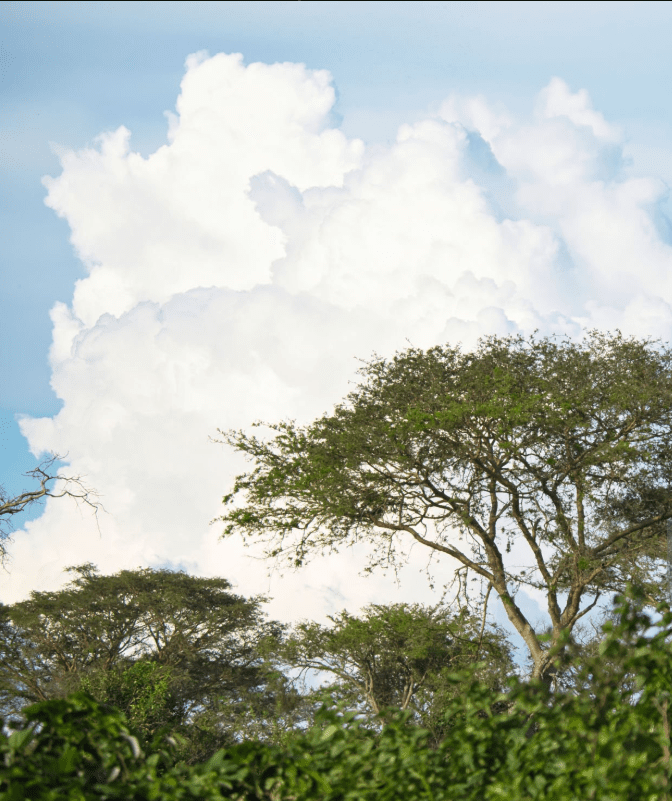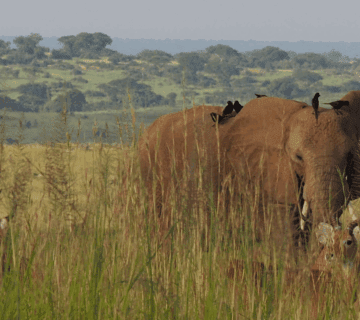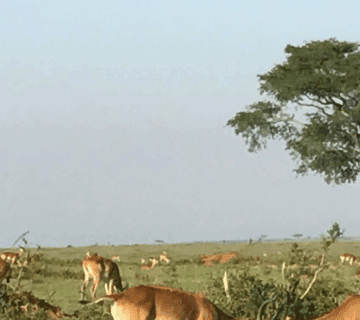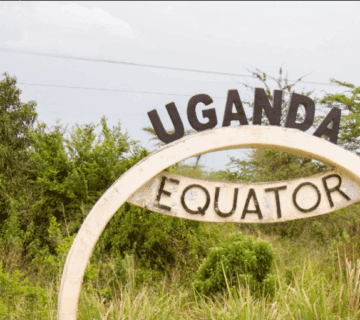Uganda Safari Weather Guide – Best Months
Planning a safari in Uganda is an exciting adventure, but understanding the Weather Guide – Best Months to visit can make all the difference in your experience. Known as the “Pearl of Africa,” Uganda boasts lush landscapes, diverse wildlife, and a rich cultural heritage. However, its tropical climate means weather patterns can significantly impact your journey. Whether you’re trekking mountain gorillas in Bwindi, cruising the Nile in Murchison Falls, or spotting lions in Queen Elizabeth National Park, timing your trip right ensures unforgettable moments.
This Weather Guide – Best Months article will help you navigate Uganda’s seasons, offering insights into the ideal times for wildlife viewing, trekking, and photography. By the end, you’ll feel empowered to plan your dream safari with confidence.
Understanding Uganda’s Climate
Uganda’s equatorial location means it enjoys a tropical climate with relatively stable temperatures year-round. However, rainfall patterns vary, creating distinct wet and dry seasons that influence safari conditions. The country’s weather is also shaped by altitude—higher regions like Bwindi Impenetrable Forest are cooler, while lowland parks such as Murchison Falls are warmer.
Key Seasons in Uganda
Dry Seasons (Best for Safaris)
December to February
June to September
Wet Seasons (Lush Landscapes but Challenging Travel)
March to May (Long Rains)
October to November (Short Rains)
Each season offers unique advantages, depending on your priorities—whether it’s wildlife sightings, fewer crowds, or budget considerations.
Best Months for Uganda Safaris: Dry Season Advantages
1. December to February – Peak Wildlife Viewing
If you’re looking for the best months for game drives and gorilla trekking, December to February tops the list. This period features:
Minimal rainfall – Roads are passable, and trails are less muddy.
Excellent wildlife sightings – Animals gather around water sources, making them easier to spot.
Pleasant temperatures – Warm days (25-30°C) and cool nights create ideal safari conditions.
Top Activities:
Gorilla and chimpanzee trekking in Bwindi and Kibale.
Big game viewing in Queen Elizabeth and Murchison Falls.
Birdwatching as migratory species are present.
2. June to September – Prime Safari Season
Another fantastic window in the Weather Guide – Best Months is June to September. This dry spell is perfect for:
Crystal-clear skies – Ideal for photography and scenic views.
Great trekking conditions – Less slippery trails in rainforests.
Festive wildlife activity – Predators are more active, offering thrilling sightings.
Top Activities:
Lion tracking in Queen Elizabeth’s Ishasha sector.
Boat cruises on the Kazinga Channel and Nile River.
Hiking in Rwenzori Mountains.
Wet Season Safaris: Pros and Cons
While the dry seasons are optimal, Uganda’s wet months (March-May & October-November) have their own charm.
1. March to May – Long Rains
This period sees heavy downpours, but benefits include:
Lush, green landscapes – Stunning scenery for photographers.
Fewer tourists – More intimate gorilla trekking experiences.
Lower prices – Discounts on lodges and permits.
Challenges:
Muddy, impassable roads in remote areas.
Higher humidity and occasional travel disruptions.
2. October to November – Short Rains
Shower frequency is lower than in the long rains, making this a decent alternative for budget travelers.
Good for birding – Migratory birds return.
Refreshed vegetation – Beautiful backdrops for safaris.
Challenges:
Unpredictable rain showers may affect activities.
Regional Weather Variations
Uganda’s diverse terrain means weather varies by location:
1. Bwindi & Mgahinga (Gorilla Trekking)
Cooler temperatures due to high altitude (17-25°C).
Rain possible year-round – Waterproof gear is essential.
Best trekking months: June-August & December-February.
2. Queen Elizabeth & Murchison Falls (Wildlife Safaris)
Hotter and drier – Ideal for game drives.
Best months: January-February & June-July.
3. Kidepo Valley (Remote Wilderness)
Semi-arid climate – Very dry, best visited in dry seasons.
Final Tips for Your Uganda Safari
Book gorilla permits early – They sell out fast in peak seasons.
Pack smart – Light layers, rain jackets, and sturdy shoes.
Stay flexible – Weather can be unpredictable.
Choosing the Best Time for Your Adventure
This Weather Guide – Best Months highlights that Uganda is a year-round destination, but the dry seasons (December-February & June-September) offer the smoothest safari experience. If you prefer fewer crowds and lower costs, the wet seasons can still provide magical moments with proper planning.
No matter when you visit, Uganda’s breathtaking beauty and incredible wildlife await. By aligning your trip with the right season, you’ll maximize adventure and create memories that last a lifetime.
Now that you know the best months, it’s time to start planning your Ugandan safari!





